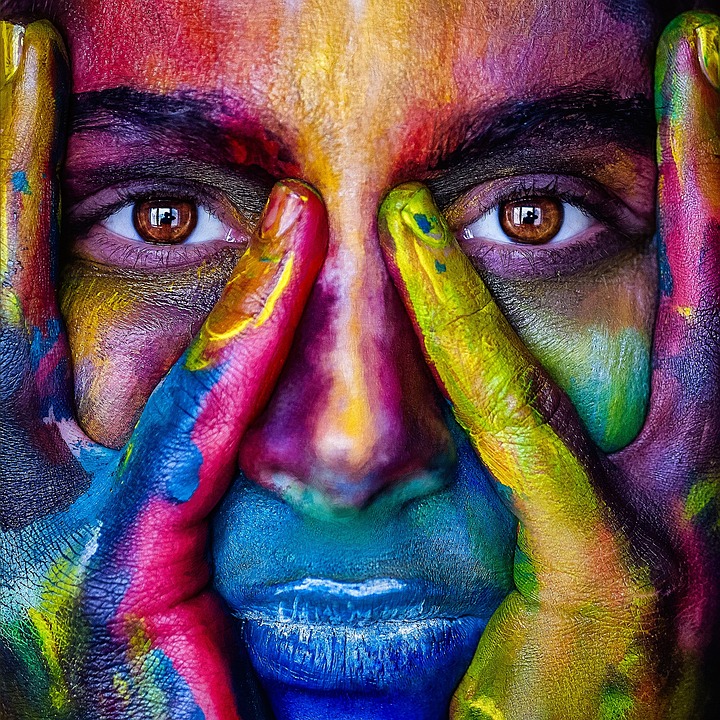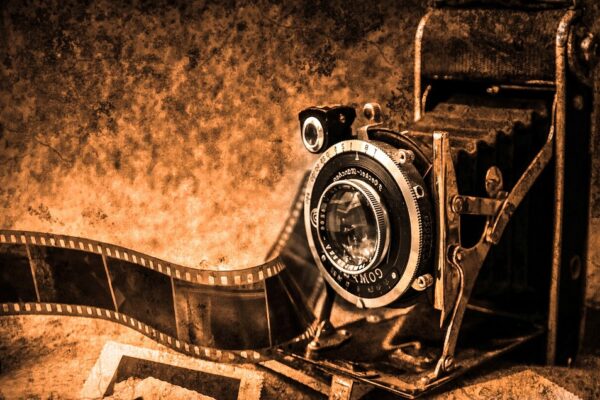Art is an essential part of human civilization. Almost every culture has its unique forms of art and techniques of expression. From the earliest cave paintings to modernistic designs, art has been an essential aspect of human identity and has reflected the evolution of civilization. It gives a fascinating insight into the different periods of human history and the socio-economic conditions that existed at that time. A journey through the world of art is a journey through time and space, an expedition to different cultures and civilizations.
The earliest form of art is cave paintings that date back to around 40,000 years ago. The cave paintings indicate the earliest expression of human imagination, depicting the wildlife and activities of humans. The paintings were made using natural pigments and charcoal, and the skill and creativity these painters displayed are still awe-inspiring. These paintings serve as a mirror of the historical and social conditions of early humans and provide insights into their beliefs and way of life.
As human civilization evolved, so did the art. Ancient Egyptian art and architecture are a prime example of the evolution of art in human history. The famous pyramids of Giza and temples of Karnak stand as a testament to the grandeur and magnificence of ancient Egyptian architecture, while their hieroglyphics and wall paintings are an extraordinary display of symbolization, color, and design.
Going further down the timeline, we come across the stunning masterpieces of Italian Renaissance artists, such as Michelangelo, Leonardo da Vinci, and Raphael. Their artworks marked a significant milestone in the journey of art and created a renewed interest in painting, sculpture and architecture. Their works, such as the Sistine Chapel ceiling and the Mona Lisa, continue to fascinate people all around the world.
The 19th and 20th centuries also saw significant artistic movements such as impressionism, cubism, and surrealism. These movements were characterized by a break from traditional forms of art and a focus on the expression of individual imagination. From Claude Monet’s beautiful garden landscapes to Pablo Picasso’s distorted geometric forms, these artistic expressions have revolutionized the way we perceive and appreciate art.
In recent times, the art world has further expanded, with contemporary artists pushing art boundaries with their unique and unconventional styles. The advent of digital technology has enabled artists to create and display artworks in ways that were once unimaginable.
To explore the world of art is to take a journey through time and space, exploring various cultures, civilizations, and epochs that have shaped the world in which we live. It is a way of connecting with people and their stories in the most visual and creative way possible. It is an experience that leaves us enriched and inspired, expanding our knowledge of human history, art, and culture.
In conclusion, art truly is one of the most powerful forms of human expression. It reflects the beauty and complexity of life, and the rich diversity of human thinking and imagination. Art can take us on a journey through time and space, from the earliest cave paintings to modern-day installations, and beyond. It allows us to connect with the world around us in new ways, inspiring us to view life in a more profound and creative light. So, let us embrace the world of art and its ever-evolving beauty and continue to explore its incredible journey through time and space.




